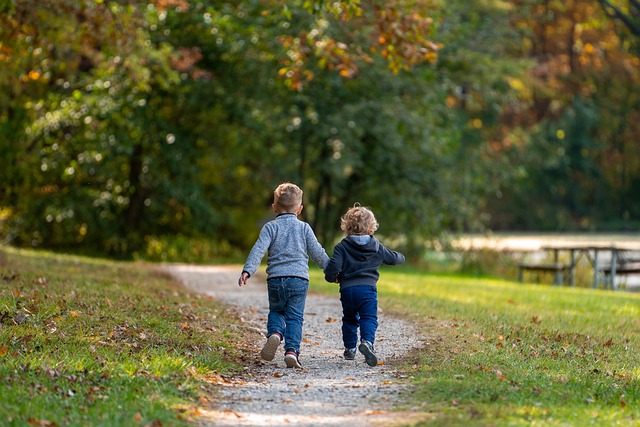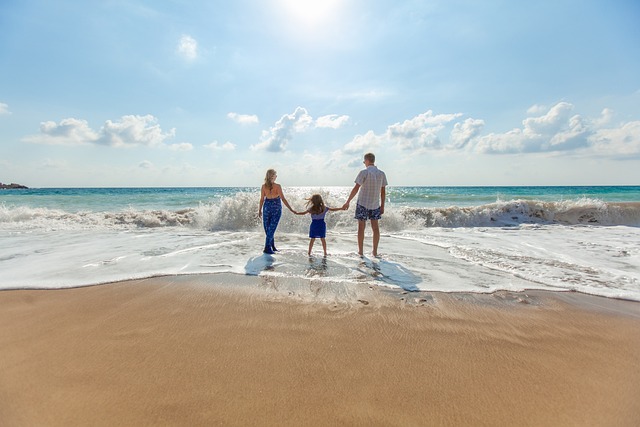How to please our children while having an eco-responsible approach? The first thing to do is to limit the number of our purchases. Second, do not choose toys that are dangerous for them or for the planet. The task may seem daunting!
Unless you decide to take a “green turn” with your children… Once well-informed, they will be ready to celebrate a real warm and ethical Christmas, which will make them realize that they too have a role to play in protecting the planet. What raw material is it made from, what water and energy consumption did its manufacture require, what about its packaging, its transport? Is it recyclable, what is its lifespan? A point is essential when thinking about Christmas!
Bye-bye, plastic
The ecological balance sheet of plastic toys is appalling. Plastic is derived from petroleum and requires phenomenal expenditure in water and energy to be transformed into a toy. The promises regarding its recycling are unreliable, not to mention the pollution generated by its transport. 75% of toys are produced in China, which is not next door for us Europeans… Better to ban them!
Gambling should not be harmful to health
Rest assured, European safety standards (CE) for toys allow you to buy them knowing that no toy is dangerous. However, we can also choose to protect our children by refusing all those which are produced from chemical substances or work with batteries. Sounds and lights tire children and excite them, even in small doses. As for the button batteries found in many toys, they are an extremely frequent cause of serious accidents in children who have swallowed them.
Minimal impact on the environment
Beware of false ecological promises: a toy painted green and a game box with plant decor are not enough, of course. The same thing to “made in France” toys, most of the time packaged in France but that’s all, and whose carbon footprint is not really what you think. It is better to trust the FSC or PEFC labels: they indicate that the wood with which the games and toys are made comes from sustainably managed forests and that the dyes used are natural.
Wise choices
Many games for all ages are traditionally made in Eastern European countries. Eco- responsible parents swear by them because they have escaped fashion and represent always current know-how, both in terms of manufacturing and their educational content. Some major international brands, too few in number, are also truly eco-responsible: they work on design and manufacturing techniques that respect the environment, are responsible and sustainable, and even “zero waste” (use of recycled paper, natural pigments, molding of toys in ecological wood pulp, planting trees to replace those used in their production, etc.). This is what we would like to find in all toy manufacturers!
Preferred natural materials
Wood but also bamboo, which are often found in construction games for older children, are the best materials for toys. Raw and unvarnished wood, just protected by a layer of beeswax is to be preferred. For other materials, we choose organic cotton for comforters, recycled paper for creative activities and board games, organic wax-based modeling pastes, and also reward, an innovative and natural material composed of 80% scrap wood from FSC forests.
Sustainable toys
Inspiring solutions
What about second-hand toys? There are those who are for it, both for economic and ecological reasons, and others who want the toy their child dreams of coming straight from Santa’s workshop. The two points of view can come together! By making themed gifts, partly homemade and corresponding to the passion of the moment of his child. This will be, for example, a brand new wooden garage, accompanied by a lot of small cars bought second-hand. Or a piece of re-embroidered felt to make a landscape rug and a river, with wooden blocks to make the mountains and a set of handmade wooden dinosaur figurines. You can also compose a story bag by slipping in story books, adventure books, pirate books, finger puppets, a hat, and a sword … It goes without saying that a storybook, even if it is not a toy, strictly speaking, can be a perfect ecological gift since many publishers today use paper from sustainably managed forests.
Group gifts
This is another trend for Christmas gifts, which allows limiting the number of gifts. It is a question of buying a toy with several people whose budget is quite substantial but which your child dreams of. One child passionate about marbles will have a giant circuit to play at home, and another in the middle of his disguise period will receive a number of hats, masks, and other accessories (gathered in a large wicker basket) to transform into as many characters as he will want it. Rather than an avalanche of gifts, have only one magnificent and striking one to play with a lot and for a long time, isn’t that what will please his child and his parents the most? As for the older ones, enjoy the gift events, theater or concert tickets, and invitations to an escape game or a cooking workshop! This will limit their time spent on screens, which they find difficult to do without. Screens and consoles are unfortunately also stuffed with highly polluting heavy metals…
For or against gift wrapping
The pleasure of unwrapping presents is a strong moment that we like to share with the children at Christmas. Many parents now use fabric to wrap them. But even durable and reusable, these cotton from distant countries often have very polluting manufacturing processes. Recycled gift paper, most often made in Europe, can on the other hand be reused by children for creative cutting and collage after the holidays, so nothing is lost!



Leave a Reply
You must be logged in to post a comment.